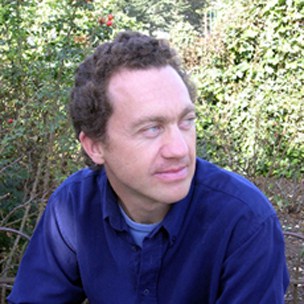I am a freelance scientist, science communicator and have also been on all the BBC Rough Science and Hollywood Science TV series. I like solving problems, discovering things for myself and I love making things and finding out how to get them to work. I find maths essential.
At school I had reading and writing problems (the modern word processor and keyboard have really helped) and so I tended to learn things by studying diagrams, pictures and playing with machines. For example I learnt electronics by “reading” 100s of diagrams and making 100s of circuits.
Sometimes I would make what looked like a perfectly reasonable circuit but it just wouldn’t work – this puzzled and bothered me. When I got to university we learnt about the theory – the maths – that was involved. Although I could often work things out by experimenting I found that making an effort to understand the maths often made it profoundly clearer. I re-worked the rogue circuits with what I had learnt from the maths and they worked! It was a very direct way of seeing why maths is so powerful – it was really exciting, in fact it was wonderful! Experimenting with electronics was a bit like finding a treasure island full of exciting things. Later, learning the maths theory was suddenly like being given the map to this treasure island!
For me a most important maths skill is to be able to make a good estimate – to get a “ball park” value. In the Rough Science TV series we could easily end up pursuing experiments we might not have time in the three days to finish. So we would often try and think of a couple, or three ways of tackling the challenge, make estimates of each and go for the one that looked most promising.
My PhD work was on the football molecule C60 Buckminsterfullerene. In the early days of the discovery we used infrared spectroscopy. The number of places a molecule absorbs in the IR is about 3 times the number of atoms depending on how symmetric it is. A 60 atom molecule could therefore have up to 180 or so absorptions – a very complex spectrum! Using maths – group theory – we could prove the wonderfully symmetric football molecule only had four absorptions! This crucial piece of information meant we could start a practical search in carbon soots – using this we found it! This would have been impossible without maths.
I have zigzagged my way through science and technology. For years I worked part-time in a radio repair shop. I got a degree in physics, went on to study for a PhD in astronomy but ended up in a chemistry department working on material science. I have worked on the development of a gas-powered car for British Gas and been a Time Lord working with atomic clocks at the National Physical Laboratory. Underpinning all this exciting and interesting work was a need for a grounding in basic maths. I am not sure what the future holds; I have some research activities I am currently pursuing, but as long as I am making things I think I will be happy.






